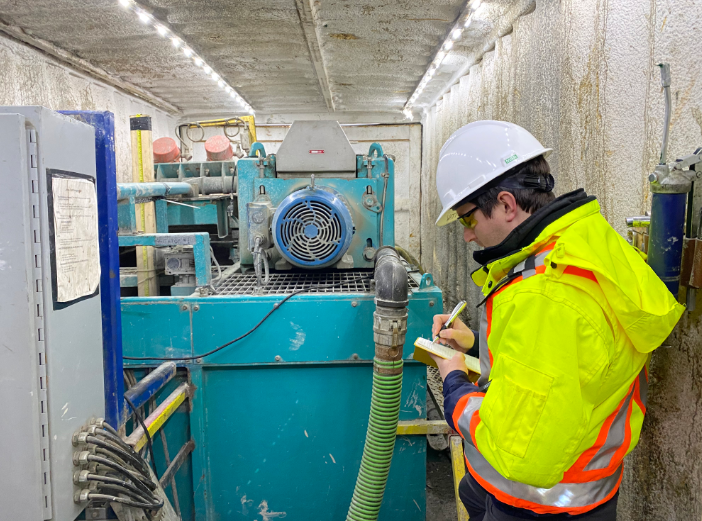IGNACE, Ont. — The Nuclear Waste Management Organization says it is getting consistent results from the test drilling it has conducted so far in the Precambrian Shield in Northwestern Ontario.
NWMO is drilling six boreholes in an area 35 kilometres west of Ignace, between Ignace and Wabigoon Lake First Nation.
The first three have "encountered almost all the same rock type – a type of crystalline rock called tonalite. The data we have collected at this early stage is consistent with our initial understanding of an old, stable geosphere at depth," said Maria Sanchez-Rico Castejon, Section Manager of Geoscientific Site Investigations.
On-site testing for the three holes has now been completed.
Rock and water samples collected during drilling are being analyzed in Canadian and international laboratories.
NWMO plans to complete a fourth borehole this spring, and to start drilling the two final holes later this year.
All the drill sites are within a few kilometres of each other.
"We are continuing to refine our understanding of the geosphere. This feeds into the safety case, which brings together all the information that contribute towards our understanding of whether a repository at the site could safely contain and isolate used nuclear fuel," Sanchez-Rico Castejon said in a statement.
The statement added that NWMO is continuing to work with local communities, including First Nations and Metis, as it conducts field work activities to maintain its commitment "to protect people, water and the environment."
Ignace and South Bruce, in southern Ontario, are the only two remaining candidates for an underground repository to store waste from Canada's nuclear power plants.
